Yesterday felt like a Spring day in Perth the was shining all day but it wasn’t warm enough for a summer’s top and looking out the window it looks like today will be the same, but it is still chilly in the early morning. We have thoroughly enjoyed our short stay in Killin a beautiful little village not a tourist spot you can walk around without being crushed. This is a place where the Scots come to holiday and we have met some very lovely locals, even an Aussie lady who is married to a Scot and is a Warden of the Caravan site where we are staying.
Said our goodbyes to our new found friends had our last look at Killin as we drove through the little village over the multi-arched stone bridge by the Falls of Dochart and alongside the river Dochart to the A85. Now we are driving down the mountainside of the scenic Glen Ogle through the Trossachs National Park with glimpses of Loch Earn. Boats in the distance on the loch by the shoreline of Dalveich and the normal scenery of scrub marshland by the road, pine forests, logging, woodlands and little villages.
Driving through Strathyre Forest we stopped to rest by Loch Lubnaig watched a family of swans and the kids playing by the shoreline before continuing our drive. We must have blinked because we missed the Kimahog Wooden Mill no advance signage and then the satnav took us on another shortcut off the A84 down narrow winding bumpy lanes through the countryside which was very time consuming, as Richard had to drive slowly not knowing what was around the next bend. Had a few nearer misses with cars especially when you are travelling on hedged or tree-lined lanes with no views of oncoming traffic, the scenery was beautiful but the silly thing was the road ran near parallel with the main road A84, which we finally came back onto only the see a car broken down on the other side of the road near Blair Drummond holding up traffic the queue was miles long.
Took a detour to Stirling on the advice of the Scotsman pitched next to us to go see the Stirling Castle one of the largest and most important castles in Scotland, both historically and architecturally.
The castle sits atop Castle Hill, an intrusive crag, which forms part of the Stirling Sill geological formation and is surrounded on three sides by steep cliffs, giving it a strong defensive position strategically located guarding what was until the 1890s the farthest downstream crossing of the River Forth and has made it an important fortification from the earliest times.
What a grand majestic sight including the Scottish Highland cows grazing in the field below, it was even more difficult winding up the narrow roads to the castle and we were very lucky to get a parking spot on the road just below the castle with a short walk up the hill. Very impressive with a statue of King Robert the Bruce (June 1314) before the entry.
A bit of history of the castle - Most of the principal buildings of the castle date from the fifteenth and sixteenth centuries with a few structures of the fourteenth century remaining and the outer defenses fronting the town date from the early eighteenth century. Before the union with England, Stirling Castle was also one of the most used of the many Scottish royal residences, very much a palace as well as a fortress.
Several Scottish Kings and Queens have been crowned at Stirling, including Mary, Queen of Scots, in 1542 and others were born or died there. There have been at least eight sieges of Stirling Castle, including several during the Wars of Scottish Independence, with the last being in 1746 when Bonnie Prince Charlie unsuccessfully tried to take the castle.
The castle was pretty impressive from the main small entry over the bridge/moot of the Guardroom Square canons mounted above with lookouts, walked through the beautiful Queen Anne Gardens below the Palace before the large arched gateway entrance to the Outer Close (courtyard) where you see the Palace, Great Hall, Great Kitchen and Grand Battery (cannons strategically mounted on the outer walls) before entering the Royal Building of the Inner Close. The Great Hall is the largest medieval banqueting hall built in Scotland sat on their chairs at the large table. The only part of the Palace you see are the Royal Bed Chambers, Inner and Outer Reception Rooms with the beautiful original ornate facades and recently recreated sumptuous interiors of the rooms including the new tapestries in the Queens Lodgings.
The Chapel Royal with the beautiful oak ceiling elaborately redecorated for the coronation visit of Charles I in 1633. Next the museum of the Argyll and Sutherland Highlanders, the regiment linked to the castle for nearly 100 years and the Dining Room where Queen Elizabeth II came to dine.
One could only imagine the great battles that took place around the castle as you look towards the southern Highlands and the Ochi Hills.
Time is marching on and we still have a way to Edinburgh but the drive on the M9 and M8 dual motorway makes it a lot quicker, missed the turn as we passed the Kelpies (sculpture of two horses heads) towering above the Forth & Clyde Canal, The Kelpies are a feat of engineering, each made with 300 tonnes of structural steel, and are a monumental tribute to the horse power heritage that was vital to the early industries of central Scotland. Hopefully see these later including the canals.
The satnav is behaving and our first port of call is the Edinburgh Angling Centre where Richard was in his element looking at all the fishing gear, so many items that one would never use in Australia and finally not far away was the Caravan and Motorhome Club site, which is not in a very good area of Edinburgh. It is a big busy site close to the Edinburgh Airport can hear and see the planes in the distance, plus we have been told there has been bikes stolen this doesn’t worry us as ours are old and worn out.
I was under the opinion the site was very close to Edinburgh with a free shuttle service to town, very wrong so will need to find an ATM tomorrow for the correct fare for our bus trips to Edinburgh.

 Edinburgh, Scotland, United Kingdom
Edinburgh, Scotland, United Kingdom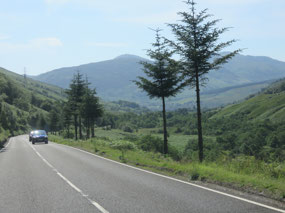
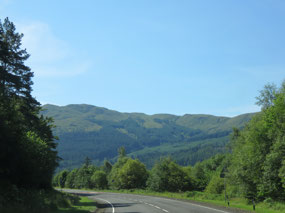
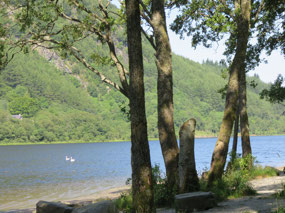
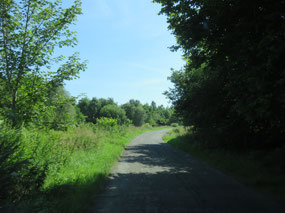
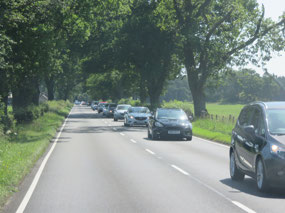


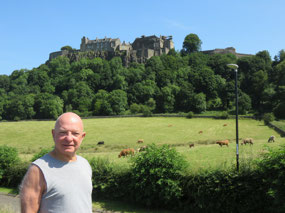

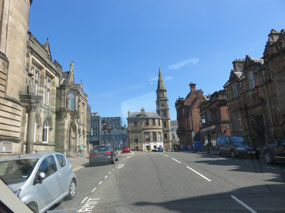
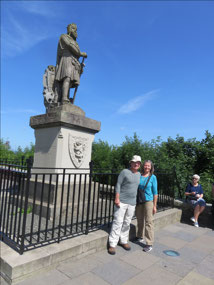
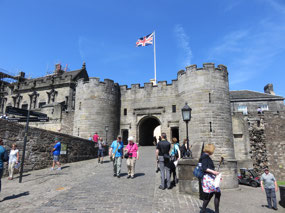
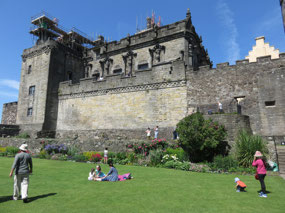
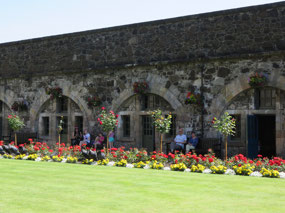
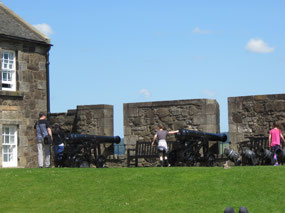
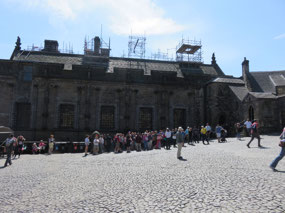
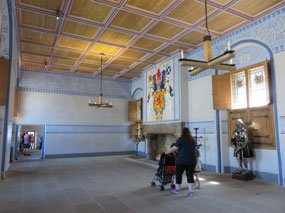
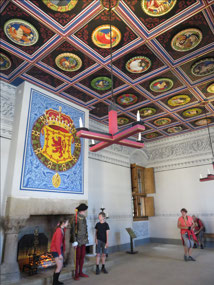
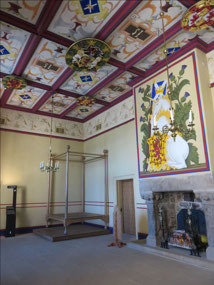
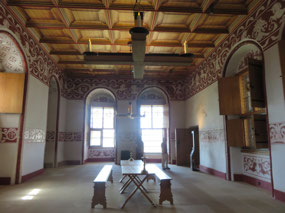
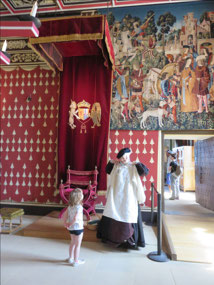
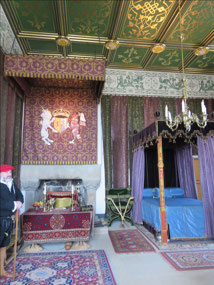
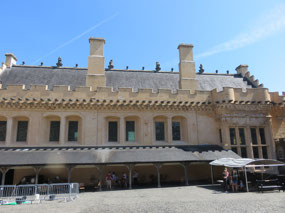
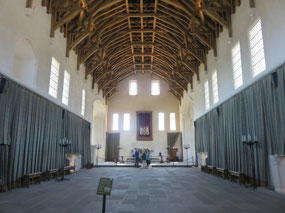
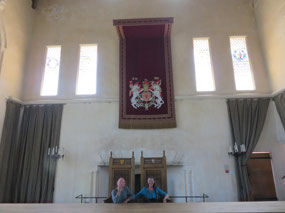
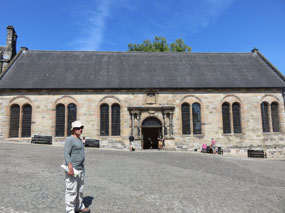
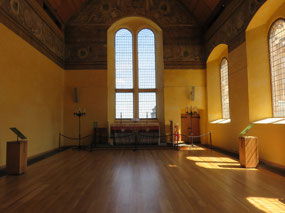
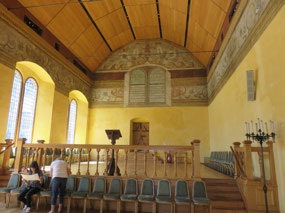

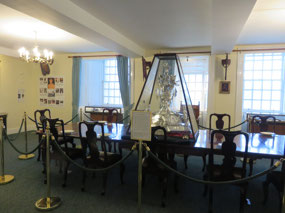
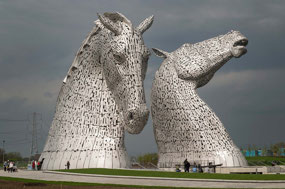
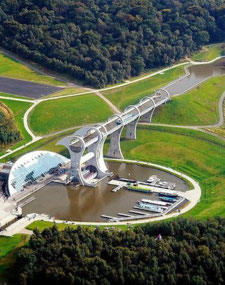
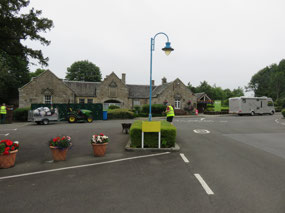
2025-05-22